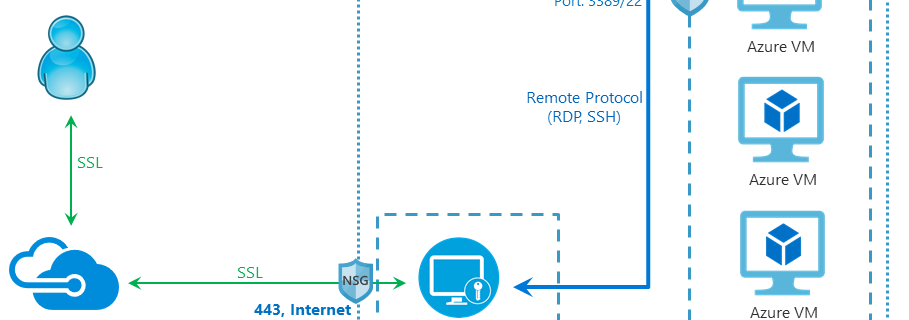Azure Bastion – Secure Access Azure VMs via SSH/RDP without Public IP or Jumphosts
Update 5 on 01/12/2021 Microsoft has changed the #AzureBastion minimum subnet size from /27 to /26. Installed #Azure Bastion are unaffected, but new deployments require the new subnet size. Please remember this. https://docs.microsoft.com/en-us/azure/bastion/bastion-faq#subnet Update 4 on 14/07/2021 Microsoft has announced a new Azure Bastion Standard SKU as part of the ongoing Microsoft Inspire 2021. The …
Mehr über „Azure Bastion – Secure Access Azure VMs via SSH/RDP without Public IP or Jumphosts“ Lesen


